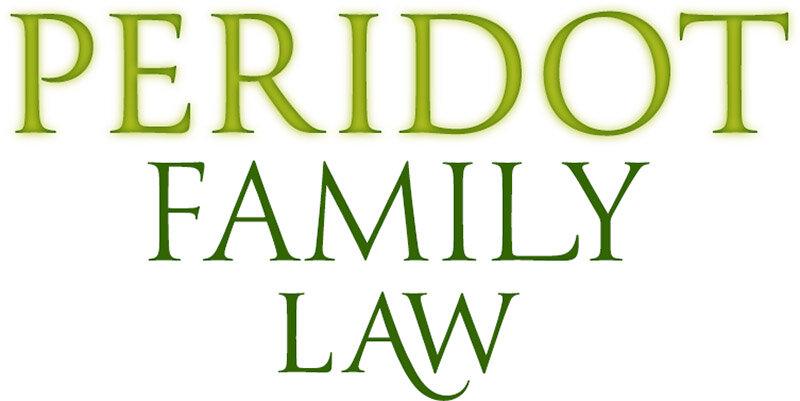MINDFULNESS MATTERS: Sitting With Difficult Emotions
by Cynthia Runge
Managing emotions during the divorce process can lead to self-growth.
When I meet with a potential client, the person is usually anxious to get through their divorce process as quickly as possible. The way I see it, a part of my job is to help the client slow down long enough to make sure they understand what is at stake and to prevent the client from making decisions in haste, which he or she could later regret.
While there are certainly situations which require quick or emergency intervention through the courts, there are also many situations where clients have the ability to think through their options carefully. However, when thinking about what type of outcome one desires from a divorce settlement, the client also has to manage the emotions that frequently come along with the process such as: anger, sadness, fear, and confusion, among others. It is a natural human reaction to want to speed through the difficult times of our lives, so we don’t have to feel emotional pain. Like the movie “Click” with Adam Sandler, we wish we could hit a button and “get over” the emotions that inevitably come with the loss of a relationship.
Attorneys have a duty of loyalty to their clients to help them get through the process as quickly as possible and to obtain the best possible outcomes for them, within the bounds of ethics. In some cases, this may mean trying to slow down the process to help our client be ready to make their important decisions. Some people use mindfulness practices such as yoga and meditation to help with this process. However, there are many other paths: journaling and/or talking to non-toxic friends who have been through the process can also be helpful. The main message here is to be brave and hang in. Every divorce comes to an end, although it may seem like an eternity. If you can sit with your emotions, without trying to bury them, there is a lot you can learn about yourself, which you may not have otherwise learned.
This article appeared in our Winter 2020 Newsletter.

